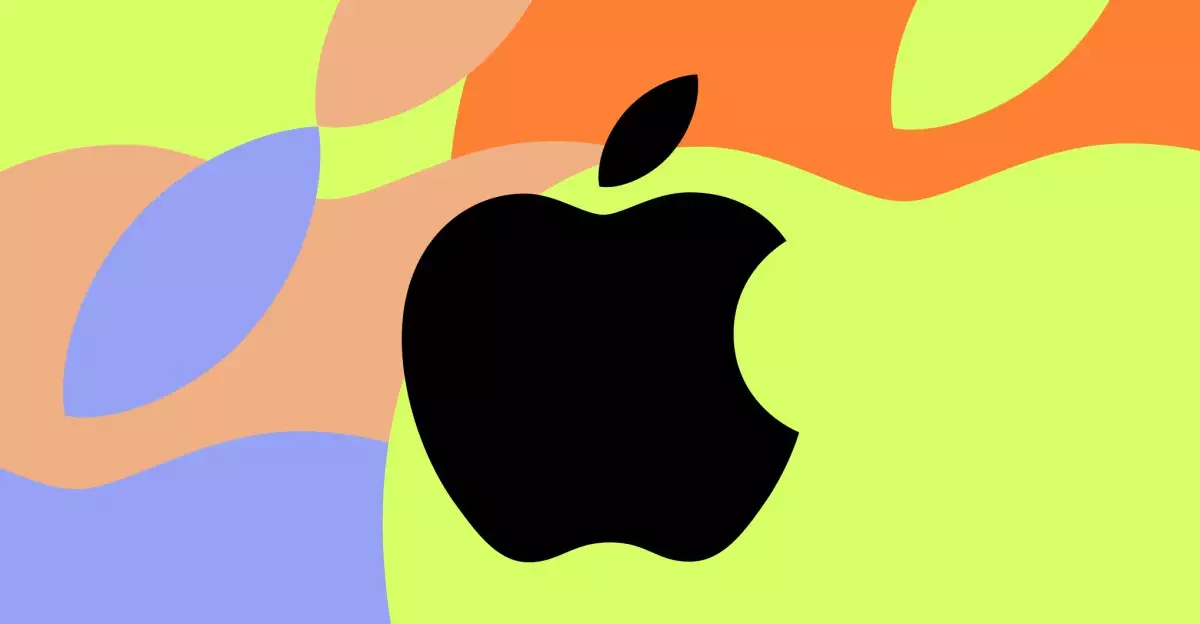Apple’s vision for its iPad lineup has long focused on the delicate balance between mobility and functionality. As users demand more from their portable devices, reports suggest that the upcoming updates to iPadOS are set to radically enhance multitasking and window management features. According to Bloomberg’s Mark Gurman, by the time the new M5-powered iPads hit the market, the user experience may align much closer to that of a Mac than it has ever before. This shift is positioning iPadOS as a serious contender not just as a versatile platform for consumption, but as a robust tool for productivity as well.
Lessons from Past Multitasking Attempts
While the anticipation surrounding enhanced multitasking features is palpable, it’s essential to remain measured in our excitement. Apple’s past attempts at introducing more sophisticated multitasking capabilities, particularly with the addition of Stage Manager in iPadOS 16, illustrated both potential and pitfalls. While the feature attempted to provide a desktop-like experience by allowing app windows to be organized side by side, it fell short of delivering the seamless integration that Mac users have come to expect. The incremental improvements in iPadOS 17 demonstrated Apple’s commitment to refining this feature, yet it remains clear that the operating system is still designed with the iPad’s unique user experience in mind.
What to Expect from the Next Iteration
The forthcoming updates present an opportunity for Apple to redefine how users engage with their iPads. With a specific emphasis on productivity and window management, iPadOS 19 is anticipated to introduce features that could narrow the gap between tablet functionalities and desktop computing. While Gurman does not shed light on exact changes, the implication is clear: significant enhancements are on the horizon, aimed at pleasing the professional user base seeking to leverage the capabilities of their devices to the fullest.
A more liberated approach to window manipulation and app organization could pave the way for a future where users no longer perceive iPads as merely supplementary devices to laptops, but rather as essential tools capable of replacing traditional computers in various settings.
Balancing Expectations with Reality
As we look forward to these developments, it’s important to temper our enthusiasm with realism. Change within the Apple ecosystem, particularly with a flagship product like the iPad, often comes incrementally. While users hope for a more seamless and powerful multitasking experience akin to working on macOS, the unique blend of iPad hardware and software may continue to yield some limitations inherent to the platform. However, if executed well, Apple could usher in a transformative phase that challenges preconceived notions of what a tablet is capable of achieving, especially in professional environments.
The drive towards sophistication in multitasking on iPads is enriching the conversation around the future of mobile computing. With an ever-evolving blend of mobility and power, the iPad is on the brink of potentially becoming the ultimate hybrid device for a wide array of users, provided that Apple continues to push its ambitions in this sphere.

